
In the first major move since its acquisition of BellSouth, AT&T is folding the 6-year-old Cingular Wireless brand name into its 100-plus-year-old telecommunications brand.
AT&T purchased all rights to Cingular with its US$86 billion acquisition of BellSouth last month. Beginning Jan. 15, the company will launch a new multimedia campaign to transition the Cingular brand into its advertising and customer communications.
“AT&T, BellSouth and Cingular are now one company, and going to market with our services under one brand is the right thing to do,” said Edward E. Whitacre Jr., chairman and CEO of AT&T.
Rebranding a Mobile Giant
While the AT&T logo will be prominent in all advertising and communications, the ads will initially include a transitional graphic with both the AT&T and Cingular logos, the company said. The co-branded element aims to emphasize the association of the two companies and transfer Cingular’s brand equity to the new AT&T.
During the transition, the campaign will integrate popular imagery, phrases and icons from Cingular’s traditional advertising, including the “raising the bar” tagline, the “Jack” character and the color orange.
Each transition campaign element will conclude with the Cingular and AT&T logos coming together while an announcer states that “Cingular is now the new AT&T.” The broadcast spots will conclude with an animation in which the “Jack” character appears to “skywrite” the AT&T globe.
Raising It Higher
The campaign will kick off with several creative executions called “Raising It Higher,” which morphs Cingular’s familiar “raising the bar” tagline and imagery into the AT&T globe.
The first version of the campaign is called “Grain,” which shows a combine harvesting wheat and appears to be drawing the Cingular five bars, but as the picture zooms out, the AT&T globe comes into focus. Additional spots called “Jets” and “Cars” will start appearing in the coming weeks.
During the approaching months, AT&T said it will add new creative executions. The brand ads will be complemented soon by call-to-action product ads that will carry similar transitional branding elements.
To Rebrand or Not to Rebrand?
Analysts have varying opinions on AT&T’s decision to absorb the Cingular brand along with its telecommunications towers, 2,000 retail stores and kiosks and other assets.
“Services are converging and the lines between wireless and wireline are increasingly blurred,” said Yankee Group analyst Boyd Peterson.
“Customers want simplification. By uniting the three company names into one, AT&T has simplified its message to the marketplace,” he stated.
AT&T estimates that 20 percent of the operating expense savings from the AT&T-BellSouth merger will come from advertising, as all operations are moved under a single brand. Previously, the three companies each supported distinct brands with three separate advertising campaigns.
The way M:Metrics wireless analyst John Jackson sees it, doing away with the established Cingular brand is, “a heck of a way to start respending a billion bucks.” AT&T is not disclosing the amount of the brand-transition campaign or media buy.
“The consolidation activity that’s occurring in the telecom sector and certainly at the operator level makes the massive investments in building and developing a brand a risky proposition,” Jackson told the E-Commerce Times.
Corpse Branding
This is a classic example of corpse branding, according to Rob Frankel, a branding expert and author of The Revenge of Brand X: How to Build a Big Time Brand — on the Web or Anywhere Else. He defines corpse branding as the concept of companies resurrecting old brands when they cannot build new brands that resonate with target audiences.
ConAgra did this with Orville Redenbacher popcorn and Clairol did this with Herbal Essences, a shampoo that is now finding popularity in a new generation, Frankel told the E-Commerce Times.
“Cingular hasn’t been able to get its brand to resonate with the younger generation the way that AT&T still resonates with the older generation,” he explained. “AT&T is such as strong brand with deep roots that even with all the money they have poured into Cingular they still can’t get the same kind of brand value that comes inherent in AT&T.”






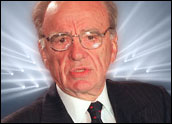








































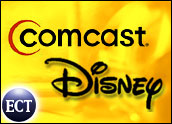
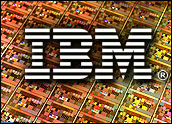



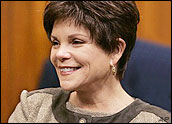


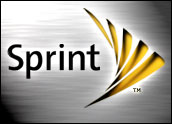







Social Media
See all Social Media